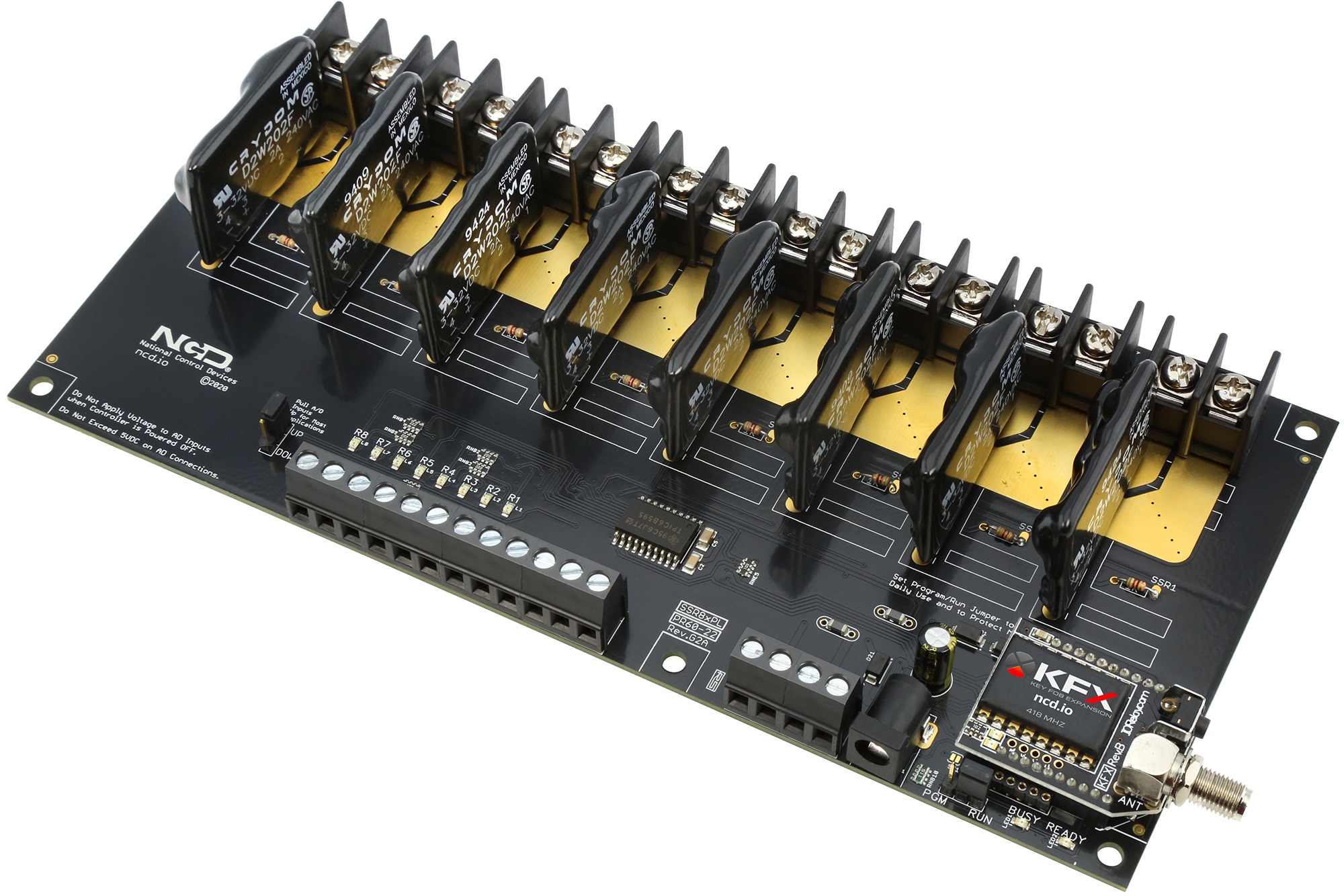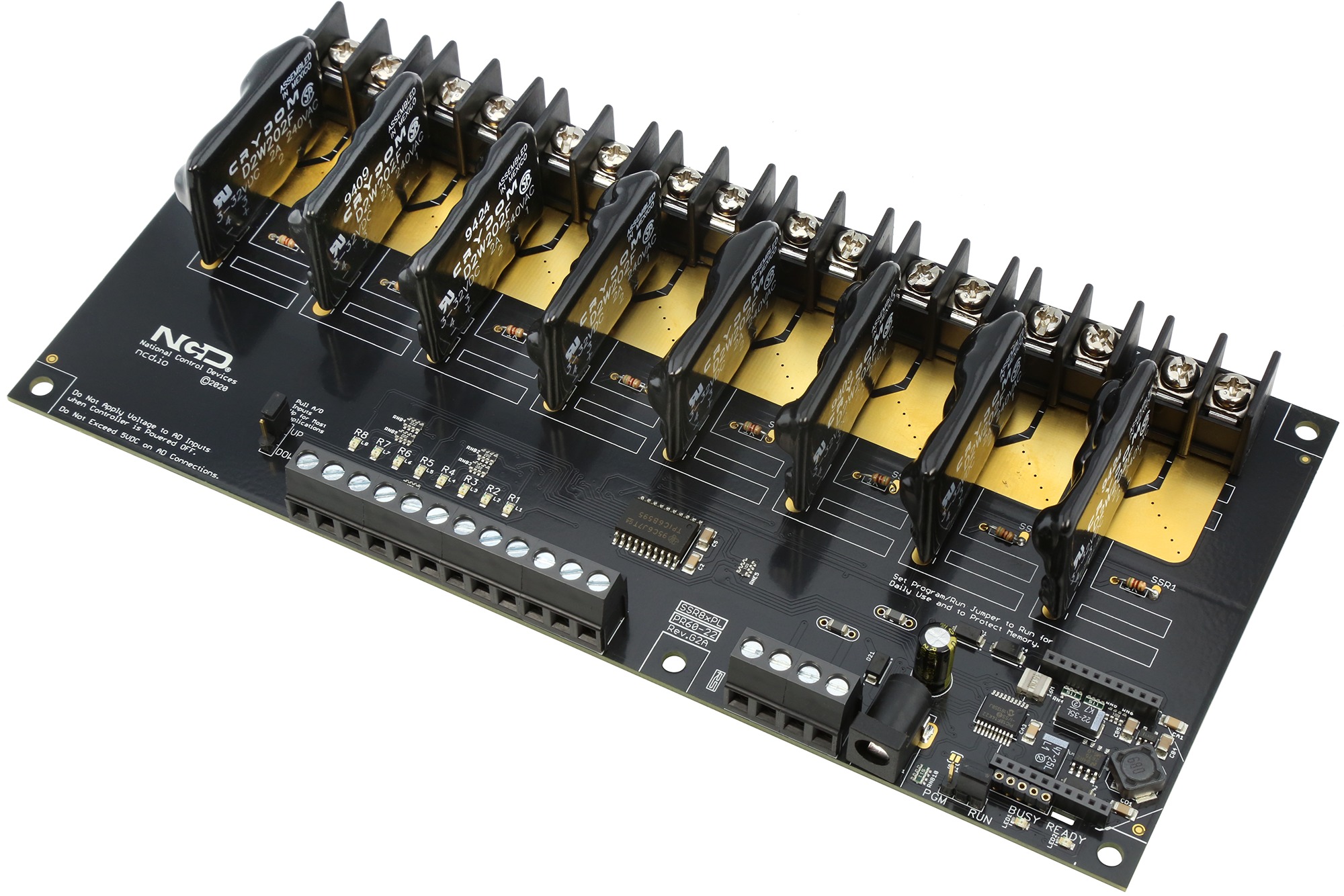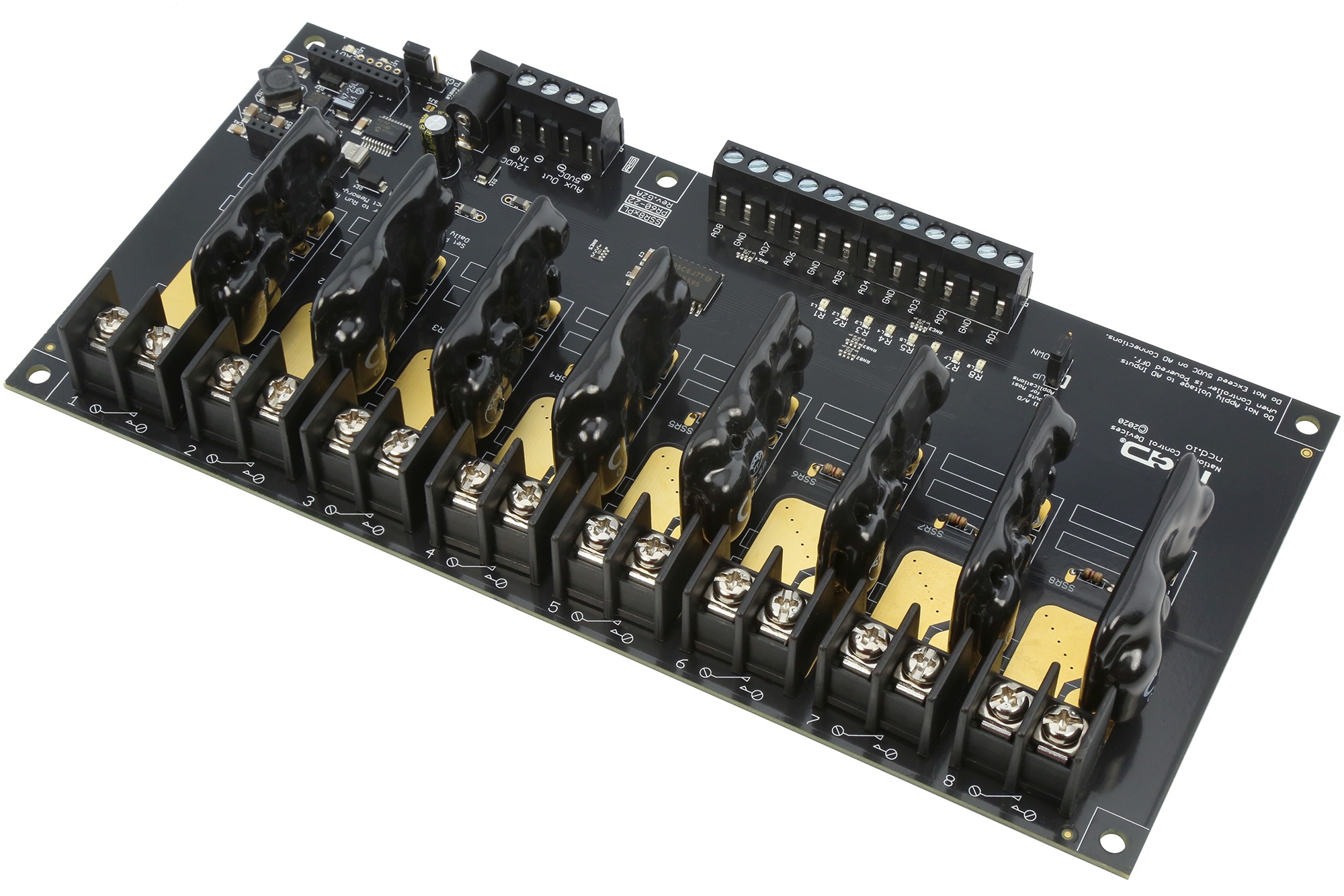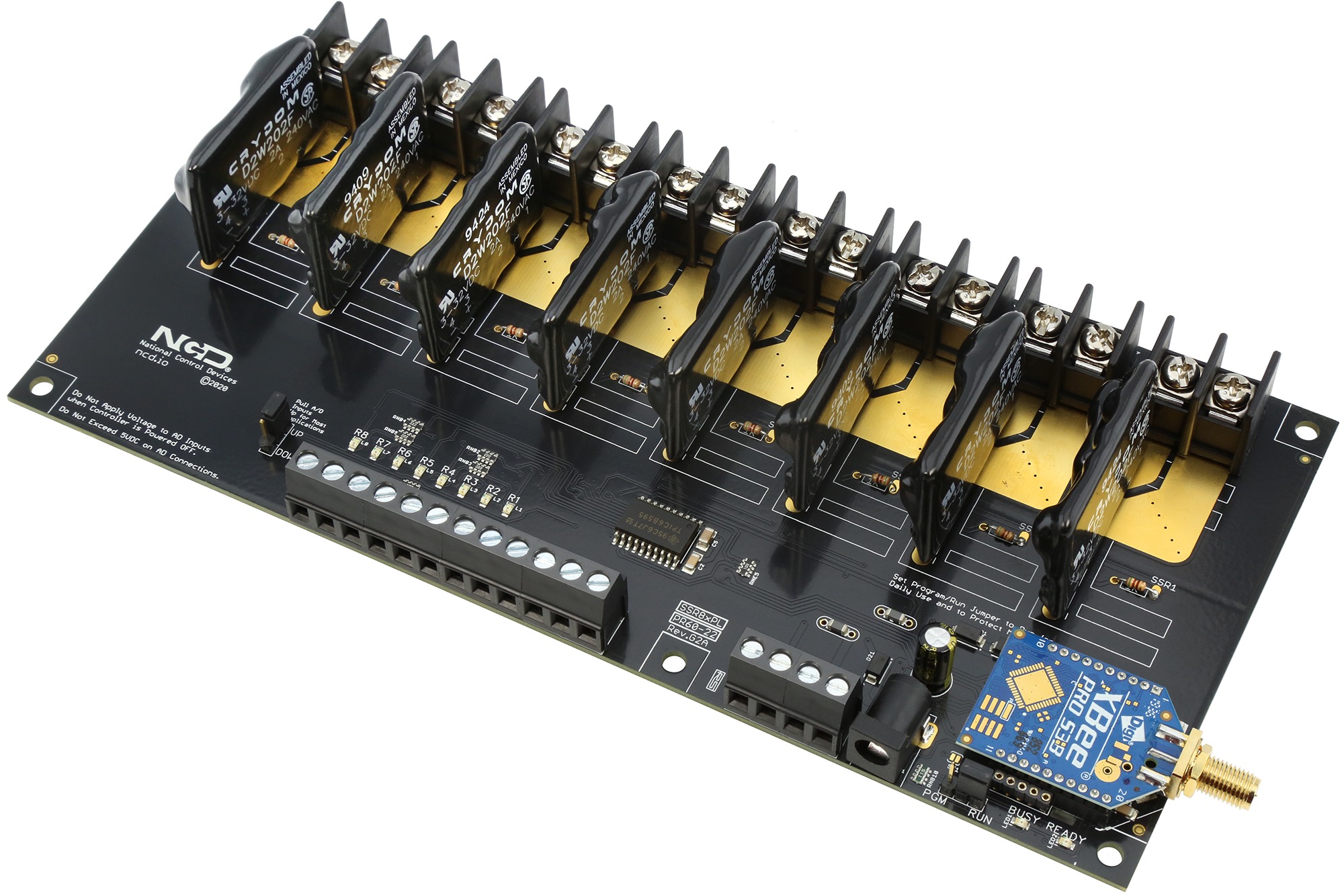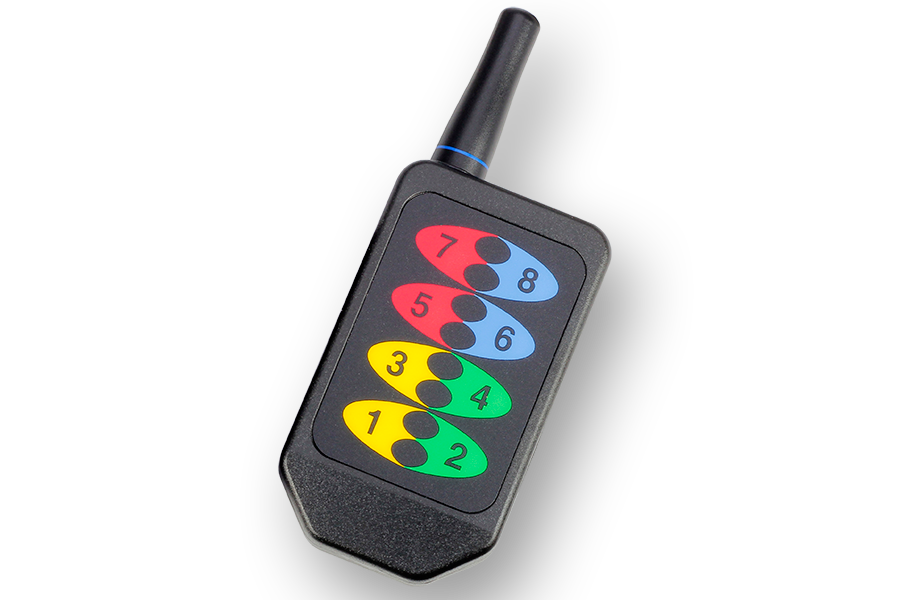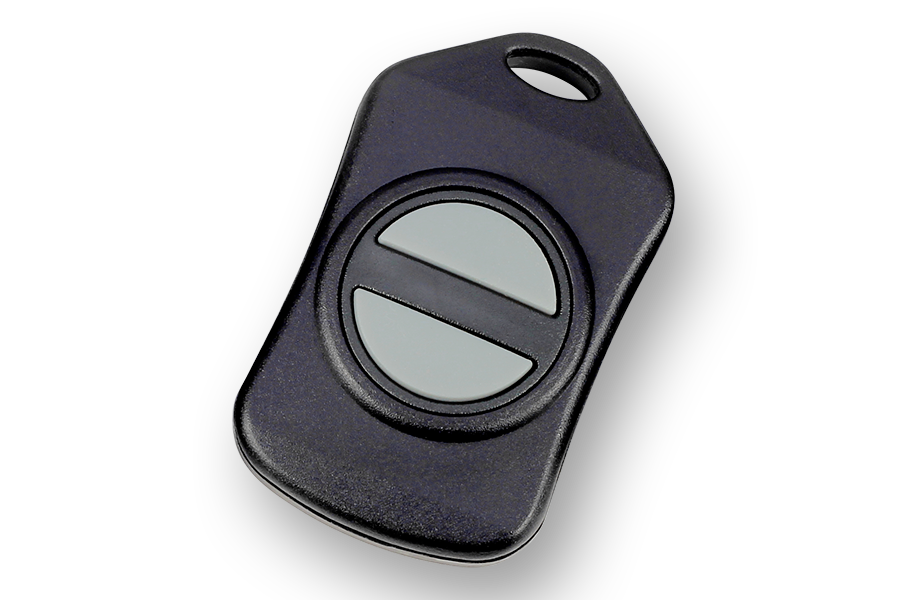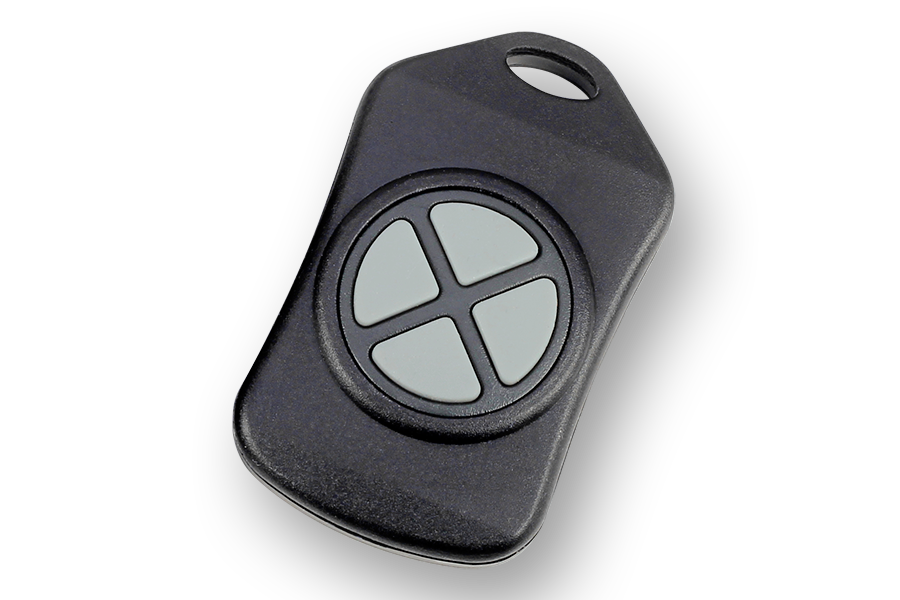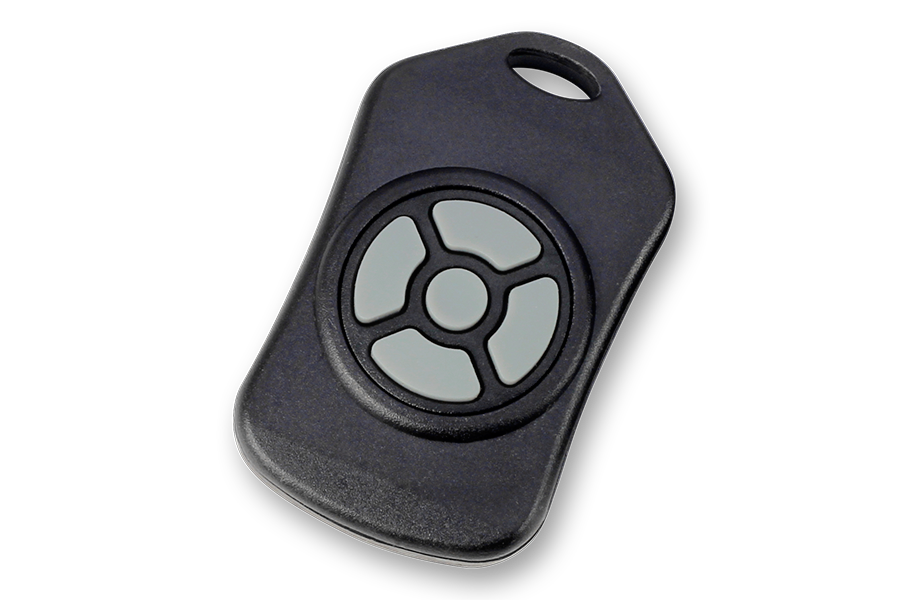Solid State Relay Controller 8-Channel + 8 Channel ADC ProXR Lite
Highlights
- Control 8 On-Board Solid-State Relays via Wireless or Computer Control
- Available with Solid State Relays for AC or DC Switching Applications
- On-Board LEDs Display Relay Status, Busy State and Ready State
- Use Base Station Software to Help you Learn the ProXR Command Set
- Modular Communications Interface Supports Many Popular Communication Modules:
- WiFi, Bluetooth, Ethernet, WebPage, Industrial Wireless, USB, RS-232 and More
- 16 Background Timers Can be Assigned to Any of the On-Board Relays
- Server Reboot, Watchdog, & Keep Alive Duration/Pulse Timing Command Set
- Control One Relay at a Time or All Relays Simultaneously
- Integrated 8-Channel 8/10-Bit Analog to Digital Converter Inputs
- Read Sensors or Manually Control Relays with Integrated ADC Inputs
8 Channel USB Solid State Relay Controller ProXR Lite Hardware Overview
USB Solid State Relay Controllers make it easy to control high-power loads using highly reliable solid state switching technology. We use the FTDI FT232RL USB to Serial Converter to establish a Virtual COM Port Connection using Mac, Linux, or PCs. Integrated Analog to Digital Converters make it easy to read external sensors or manually control the On-Board Relays.
8-Channel SPST Solid-State Relay Controller with 8-Channel ADC
This ProXR Lite solid-state relay controller is capable of switching 8 on-board SPST relays. Choose between AC or DC switching, Random or Zero Cross Turn-On, as well as a wide variety of electrical characteristics. Customize this controller exactly the way you need it when ordering. Each SPST relay includes 2 screw terminals for normally open and common connections. This controller features a modular communications interface, capable of accepting USB, RS-232, Ethernet, WiFi, Bluetooth, Industrial Wireless communication modules, and more. On-Board Analog to Digital Converters allow monitoring of 8 inputs at 8 or 10-Bit resolution. Analog inputs are ideal for connecting external sensors, or connect buttons and switches to the inputs and configure the controller to manually control relays when buttons are pressed. Turn relays on or off, toggle the state of a relay, or trigger relay flashers all from external switches.
New Version Now Shipping
Beginning Late 2020, we’ve made some updates to this product to make it better with increased component count while maintaining the same functionality and footprint. The New Rev G2 Series adds a better power supply circuit to improve noise immunity while providing increased power to the communications socket. We also improved the relay drive circuit to better handle inductive loads. We also changed the color of the circuit board to Black and updated the branding to ncd.io with updated logos.
This is the same product you have been buying for years, but now with improved electronics and while maintaining the same footprint as the original design. Most importantly, this is now a Legacy product, which means it will never go obsolete as long as critical parts are still available to us. Built with our new high-speed pick and place assembly line, we can complete the surface mount assembly process at a rate of several thousand units per day with the potential to scale to any volume you could imagine, so you never need to worry about supply quantities or supply chain problems.
Please note that it was necessary for us to remove the integrated temperature sensor in select versions of this product. This sensor was providing incorrect readings if the relays were active for extended periods of time. We can help you with an off-board sensor if needed.
Updated Features
- Updated Logos and Branding, Changed PCB Color to Black
- Improved Relay Drive Circuit for Greater Noise Immunity
- Improved Power Supply Circuit
- Switcher Regulator for Lower Heat and Higher Power
- Adds Compatibility with NCDD5500 Ethernet Module
- Adds Compatibility with WiFi/Bluetooth Module
- Use MQTT to Talk to this Device via WiFi Module
- Use Integrated Web Page when using our New Ethernet or WiFi Module
- Added Zip Tie Holes to Secure Communications Module
- New Option for Pluggable Connectors on the Analog Inputs
- Ferrite Beads for Improved Noise Separation of Logic and Drive Circuits
- Updated LEDs to Address Supply Chain Limitations
- 100% Identical Firmware with No Changes for Drop In Compatibility
- 99% Identical Shape – Only Slight Changes to Connector Positioning
- Built by our High-Speed Pick and Place Machine for High-Volume Runs
- Legacy Status Product – Will Not Become Obsolete
- Removed Temp. Sensor from Select Versions due to Errant Readings
Base Station Software
Base Station Software was designed to help you learn the ProXR command set. Explore ProXR features using our Graphical User Interface. Watch data bytes flow to and from the board, so you easily understand the command execution process. There is no faster or easier way to learn how to automate than Base Station, as it was designed to work with our complete array of communication modules, including Wireless, Ethernet, USB, RS-232, and many more. You only need a Windows 8 or 10 Computer to Run Base Station. Base Station was written in Visual Studio, and we even provide the source code to help you on your way! Learn More about Base Station Software Here.
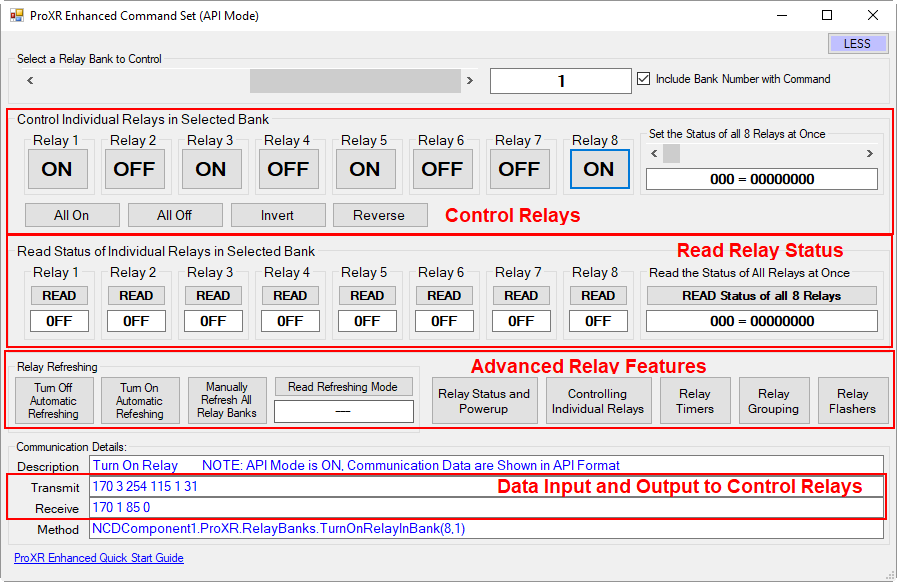
AD8 8-Channel 8/10-Bit Analog to Digital Converters
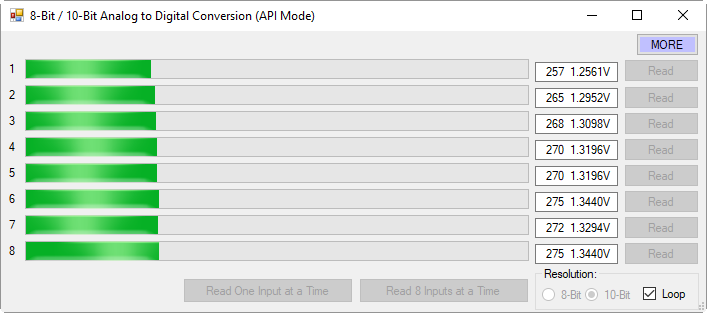
This controller is equipped with 8-Channels of 8/10-Bit Analog to Digital Converters, capable of reading analog voltages from 0 to 5 Volts DC. The ADCs on this controller allow monitoring of external sensors or contact closure input detection. Connect external temperature sensors, light sensors, current sensors, buttons, switches, or anything else that generates a 0-5VDC analog or contact closure output. With 8-bit resolution, analog inputs will convert 0-5 Volt signals into a value from 0 to 255. With 10-bit resolution, values of 0 to 1023 may be measured. Input resolution is software selected. Simply ask the controller for the analog value of each input, and the controller instantly responds.
Relay Activator and Analog Inputs
The Relay Activator control panel allows analog inputs to directly control relays. Simply connect the analog inputs to buttons or switches and trigger basic relay on or off functions to take manual control of the on-board relays. The Relay Activator control panel allows you to define 8 functions for each of the 8 inputs. Functions include turning relays on or off, toggling the state of relays, momentarily flash a relay, momentarily toggle the flashing function of a relay, turn all relays on, turn all relays off, and push notification events. When push notification events are configured, the controller generates a packet of data every time the inputs change state.
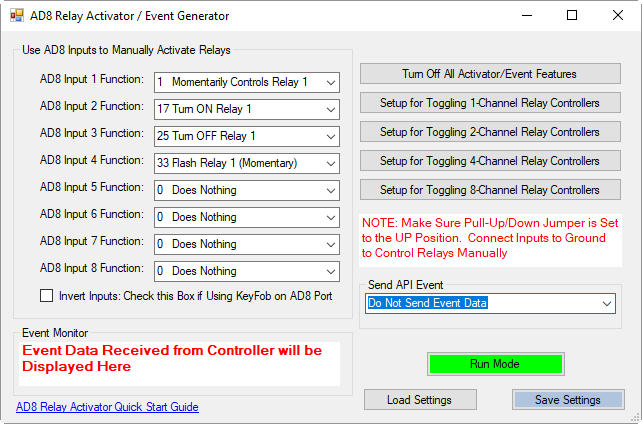
Learn More about ProXR Series Controllers
Base Station helps you learn how to use ProXR Series relay controllers. In this video, we will cover some of the most commonly used features.
Download Base Station
Download the Latest Version of Base Station and Source Code for Visual Studio.
ProXR Quick Start Guide
Online Manual for ProXR and ProXR Lite Series Controllers
Good to Know!
NCD ProXR Series Controllers have been in production for many years and have amassed a large user base since their initial release in the early 2000s. Due to the large client base, we have no plans to discontinue this line of products. In many cases, we are upgrading these devices to make them compatible with automated assembly processes along with improved driver and power electronics capable of supporting many communication technology changes well into the future. Rest assured, ProXR will continue to be a stable part of our product line for many years to come. ProXR series controllers manufactured with a Black circuit board have been migrated to automated assembly and are considered to be the final iteration of this product. These devices can be manufactured in high volumes in a much shorter period of time.
LabVIEW Relay Control
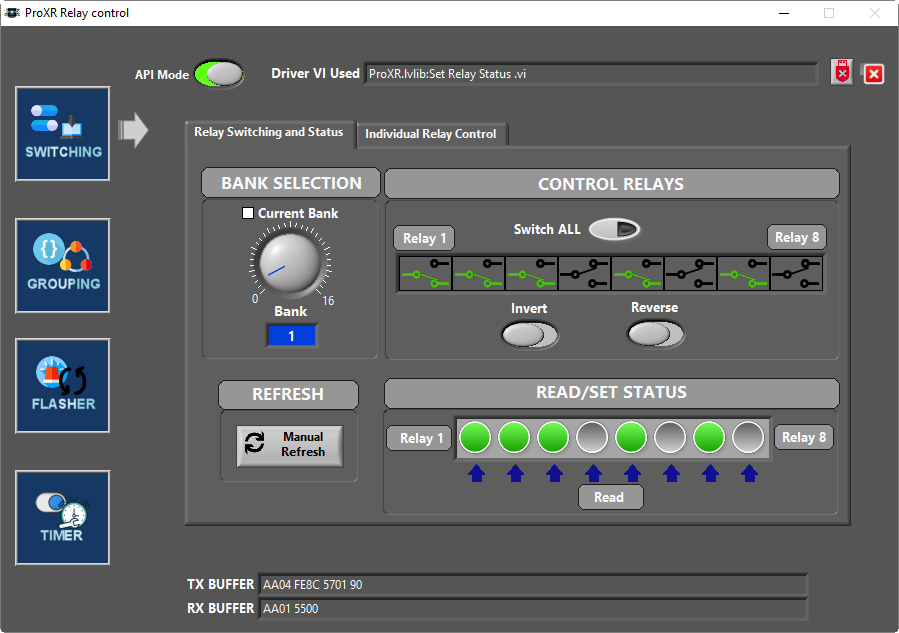
NCD supports integration of NCD relay controllers using LabVIEW. We have included samples and drivers for basic and advanced operation which cover most functions including Relay Timers. We have posted several tutorials on this topic here.
ProXR Lite Communication Options
We take communications seriously, as we believe in modular communications and firmware that properly supports scalability into future interface technologies. ProXR controllers support API communications, which effectively wrap every command with a header, payload, and checksum to ensure reliability. NCD API commands increase processing speed because no serial timeout is required prior to command processing. NCD API commands increase reliability, as only a proper checksum will authenticate a command and allow it to process. When we first implemented API, internet communications via a TCP/IP socket could be realized because the timing problems of internet communications were eliminated. While API is optional, it is strongly advised. Our Base Station software uses API communications, so it’s possible to control a ProXR controller over the internet after configuring port forwarding on your router.
ProXR series controllers are the world’s most adaptable controllers, capable of communicating with a wide variety of communication options. Pick any of your favorite communication technologies: Bluetooth, USB, WiFi, Ethernet, Key Fob, RS-485 or RS-232. ProXR easily adapts to the communication technologies you need most. We are committed to modular communications, so your ProXR series controllers can easily be retrofitted for other applications as your needs change. ProXR controllers are never obsolete, as we are actively releasing new communication technologies that greatly enhance the connectivity of our ProXR series controllers.
Communication Module Options

RS-232 Serial Communications Module
NCD RS-232 Serial Communication modules make it easy to integrate the worlds most prolific communication standard. Easily interface to desktop PCs and laptops for easy control via standard serial commands. Most NCD devices typically default to 115.2K Baud; however, older low-cost devices implement 9600 baud data rate as the predominate standard. Learn more about our RS-232 communications module here.
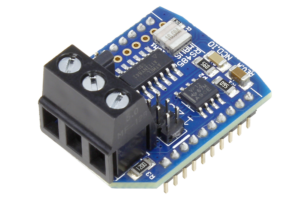
RS-485 Serial Communications Module
Our RS-485 Serial Communications Module makes it easy to network up to 256 NCD devices together at distances up to 4,000 feet. Each RS-485 node includes 3 screw-terminals for a 3-wire connection to the RS-485 master. Learn More about our RS-485 Communications module here.
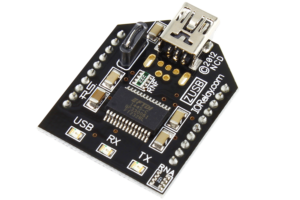
USB Communications Module
Our USB interface module makes it easy to control our devices using the USB port. Simply plug into any available USB port and start controlling our devices using standard serial commands. NCD USB Interface modules feature genuine FTDI USB to Serial Converter Chips, the very best in the industry. Learn more about our USB Communications module here.
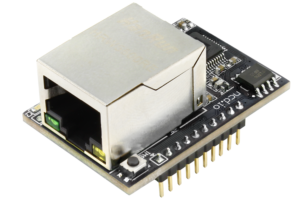
Ethernet TCP/IP Communications Module
Control NCD devices using standard Ethernet TCP/IP communications. Simply open a socket and send and receive TCP/IP data to control our devices. Our Ethernet TCP/IP Communication modules feature our 3rd Generation Ethernet to Serial communications module. Use the integrated web page to configure settings. Upload your own customized web page to add special features to this device. We have included a few sample HTML files to help you get started. Learn more about the NCD5500 Ethernet communications module here.
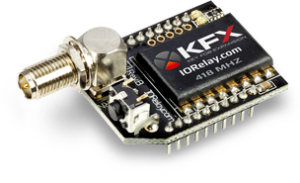
Key Fob KFX Remote Control Module
Our KFX Key Fob Remote control Module generates serial data when a remote control button is pressed or released. Remote control buttons can be used to send relay activation and deactivation commands when paired with a ProXR compliant relay controller. The KFX module may also be used to send serial commands to just about any NCD device with a compatible interface module connector. A USB Configuration adapter is required to configure serial communications. Learn more about the KFX Module here.
Large Key Fob Remotes Provide Remote Operation up to 700 feet away Line of Sight. Small Key Fobs are available that offer 1 to 5 Buttons with up to 200 Foot Range Line of Sight. Up to 40 Key Fobs may be securely paired to a single KFX Module with each remote triggering identical functions. Click on the Key Fobs to learn more about each remote or click here to see all KFX Related Accessories.
All links will open in a new window.
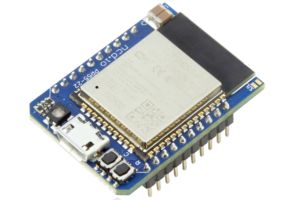
WiFi Bluetooth USB 3 in 1 Module with MQTT Support
Control NCD devices using standard WiFi TCP/IP communications or use the integrated Bluetooth for simple wireless computer to device interface using a wireless virtual COM port. Use the USB port for control over a virtual COM port for easy connectivity. This is a low-cost solution that lets you try different solutions with easy setup using a integrated Web Page User Interface for all Configuration settings. Connect to a MQTT Server over WiFi for remote operation over the internet. Learn More about our WiFi TCP/IP Communications module here.
Bluetooth
Using the Bluetooth SPP Profile, this device will connect to your PC using Bluetooth, Appearing as a Virtual COM Port. Communicate with this Device up to 200 Feet away!
WiFi
Use the Integrated Web Page to Configure Vital Settings and Use TCP Communications to Communicate to the Device using Simple Byte Packets. A integrated Relay Control Web Page is Available for Select NCD Relay Controllers.
USB
Using the USB interface, this Device will Plug into your PC, MAC, or Linux system and install a Virtual COM Port Driver
MQTT and Amazon AWS Connectivity
Connect Directly to MQTT Servers including Amazon AWS and communicate with this device from anywhere in the world. Subscribe to a Topic that contains control bytes to control the connected device. Response bytes from the connected device will be Published to the Cloud.
TCP Communications and UDP
This Communications Module sends UDP Broadcasts to help locate the IP address of the WiFi module on your Network. Once discovered, simply open port 2101 and send and receive bytes of data to control the connected device and read responses over a WiFi network.
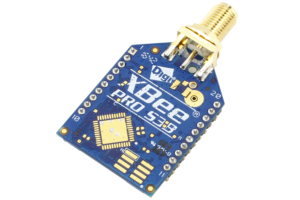
Long Range Wireless Industrial Mesh
Long-Range Wireless Mesh networking is our favorite of all wireless communication technologies. This is the ONLY communications technology NCD recommends on the factory floor, operating at a safe 900MHz. Mesh technology will hop data from one location to another to reach its intended destination, users do not need to do anything other than make sure wireless modules stay within hopping range of each other. We use the Digi 900HP-S3B module in many of our products, as this is the best industry has to offer. With a 2 mile range between modules and up to 8 hops, it is possible to cover 16 miles of wireless territory using this technology. Using high-gain antennas, this module is capable of communicating to a remote module up to 28 miles away. Please note that data hopping only works between live devices. Data will not hop between sleeping sensors. Data will hop from sensors to gateways and modems. Data will also hop between gateways and modems. Learn more about our long range wireless module here.
Associated Part Numbers
This product may have been previously manufactured using a part number shown below:
Relay Options

Solid State Relays Option
Solid state relays are ideal for agricultural switching applications, or remotely located switching. SSRs are frequently chosen to control pumps, valves, solenoids, lights, and other high-reliability applications. NCD solid-state relay controllers do not include solid-state relays, but you will have the option to choose the type of solid state relays you require when customizing your product. This controller is designed specifically to fit select Crydom solid-state relays, but may be compatible other solid-state relays made by other companies. Review Solid-State Relay Options
Mechanical Drawing

Wiring Diagrams
Essential
- ProXR Quick Start Guide
- Solid State Relay Types
- API Codec Quick Start Guide
- Base Station Quick Start Guide
Documentation
Communications
- NCD Gen3 Ethernet Module User Guide
- NexGen WiFi Module User Guide
- RS-485 to Wireless Converter Modem Guide
- RS-485 Network Quick Start Guide
- KFX Key Fob Communications Module Quick Start Guide
- (Deprecated Technology) WiNet Gateway Quick Start Guide
- Digi 802.15.4 Quick Start Guide
- (Deprecated Technology) Web-I WebRelay Communications Module Quick Start Guide
- (Deprecated Technology) Lantronix XPort Communications Module Quick Start Guide
- (Deprecated – Legacy Hardware) WiFi Communications Module Quick Start Guide
- ZRS RS-232 Communications Module Quick Start Guide
- ZUSB USB Communications Module Quick Start Guide
Tutorials
- Using Comm Operator to Control Ethernet Relays
- Linux Relay Controller using Netcat for Ethernet and WiFi
- Using Comm Operator to Control USB Relays
- Choosing the Right USB Relay Controller
- Introduction to Computer Controlled Relays and Switching
- Relay Logic
LabView Tutorials
- Installing LabVIEW USB RS232 RS485 Relay Controller Instrument Driver
- Labview Relay switching and Status acquisition 1
- LabVIEW Relay Controller Advanced Configuration
- LabVIEW Relay controller Basic Configuration
- LabVIEW Relay switching and Status acquisition 2
- LabVIEW Relay Timer Operation
Download NCD Base Station
Official Repository
WiFi Module Setup
The Wi-Fi Communications Module must be configured in order to connect to your network using the Wi-Fi Configuration Kit. The Wi-Fi Configuration Kit consists of a small black board with 3 LEDs. The Configuration Board will be labeled ZIGMO. The module may have to be removed from the board and plugged into the ZIGMO as shown. The ZIGMO will plug into the USB port of your computer for configuration and some USB drivers may need to be installed on your computer. Base Station software is required to configure the Wi-Fi communications module and is available as a free download. This software identifies compatible Wi-Fi routers in your area and assigns the router you have chosen to the Wi-Fi communications module. Network security options may be configured using this software including passwords. You can find the NCD Base Station Software at ncd.io/start.
Introduction to Ethernet Relay Control
This video will introduce you to Controlling Relays over your Local Area Network (LAN) using Ethernet Relay Controllers from store.ncd.io. Ethernet can be one of the more complicated communication interfaces due to the network protocol stack. We break it down for you to show you the most important parts for Relay Control. You can find NCD Base Station at ncd.io/start.
USB Intro
We explain the advantages and disadvantages to USB communications and how it effects our Relay Controllers and your application. Some of the information is outdated as we’ve moved away from controlanything.com. Most modern operating systems come with the FTDI driver installed so you should just need Base Station
USB FTDI Communication Module Compatible with the Digi XBee ® Controlling Relay
FT232RL USB Interface Adapter Similar to the Digi XBee ® footprint shown controlling a 16-Channel Relay Controller Board Available from https://store.ncd.io/product/usb-communications-module-ft232rl-zusb/ Drivers Available from FTDI: http://www.ftdichip.com/FTDrivers.htm Base Station Software: ncd.io/start Digi.com offers a wide variety of XBee Interface modules for industrial wireless applications. Digi XBee® devices are compatible with NCD products.
USB Setup
Learn how to set up you own ZUSB Module to work with your NCD Relay Controller. For complete instructions and details on how to use an NCD ZUSB Module see our article at https://ncd.io/zusb-usb-communications-module-quick-start-guide/ Portions of this video may be outdated as we have moved from controlanything.com since this video was created.
802154 RANGE
A simple demonstration of the Wireless Range of 802.15.4 in the 300′ and 1 Mile Range with and without obstacles.
Wireless Range Testing Setup
This video tells you the set up that we used to get real world ranges on our wireless communication modules.
WiFi Introduction
Introduction to our WiFi Module and technologies. Learn the advantages, disadvantages as well as tips and tricks for using WiFi Relay Controllers available from store.ncd.io. You can find more in depth information on how to use and configure your WiFi Relay Controller at https://ncd.io/wifi-module-quick-start-guide/.
Ethernet over Virtual Serial Setup
Learn how to communicate to your Ethernet Module using a Virtual COM Port. Virtual COM Port communications are ideal for existing applications that make use of our wired and wireless relay control already and want to quickly add support for Ethernet Relay Controllers. Virtual COM Port communication allow you to send commands to an Ethernet Relay Board as if it were directly connected to the controlling PC.
Web-i FTP Instructions
Learn how to FTP and customize your Web-i Interface. If you want to make some changes to your Web-i interface and how it works you can follow the instructions on this video and be up and developing in minutes.
Web-i Configuration
Learn how to properly configure your Web-i. Learn how to alter the configuration of your Web-i to better suit your needs. Whether customizing macros, changing the UDP broadcast, or setting a static IP address or password this video will get you up and running.
Getting Started with Web-i
This video will show you the basics on how to get started familiarizing yourself and using the Web-i Interface. This software used to find your Web-i Controller has changed. You can now use NCD Base Station to find your Web-i Device. You can download Base Station at ncd.io/start.
Web-i Introduction
Get the rundown of the benefits and capabilities of using a Web-i in your next project. From relay control to sensor monitoring Web-i gives you an easy to use interface for your web controlled relays.
Finding the Com Port
Learn how to find the COM Port on your windows based computer. You can also use Base Station to find the COM Port of your Relay Controller. Base Station can be downloaded at ncd.io/start.
Wired Communications
Get the rundown on the pros and cons of all the Wired Communication Interfaces we offer. If you want to know which wired technology will best suit your needs this video will get you the information you need in just a few minutes. Whether you need the power of ethernet or the simplicity of RS-232 we have something to fit your application.
Introduction to Relay Control
This video will guide you in determining which relay controller you need for your application as well as a general overview of the differences between Relay Options. If you’re new to our products or just need a refresher for a new application this is a great place to start.
Induction Suppression
Learn about Induction and how it comes into play with Relay Controllers. Induction suppression can make your Relay Control applications intermittent and unreliable. This video will show you what causes it, how to avoid it, and how to account for it in your application.
AD8 Analog Input Usage Notice
Analog Inputs should not have a voltage present when powered down. Use a 220 Ohm current limiting resistor on each input to prevent damage to the controller if voltage will be present on the analog input when this controller is powered down. Do not exceed 0 to 5VDC on any analog input or the on-board CPU will be damaged. Most analog inputs include a 10K Pull Up/Down resistor to help keep the inputs quiet when not in use. This 10K resistor may slightly bias the readings of some sensors.
900HP-S3B Wireless Compatibility Notes
Notice: Compatibility Notes Does NOT Apply to the Following Products:
- NCD Enterprise Solutions
- NCD Wireless Sensors
- NCD Enterprise Modems and Gateways
Notice: Compatibility Notes Applies to NCD Industrial Products, Including Fusion, ProXR, ProXR Lite, Taralist, and Reactor Series Products.
Compatibility Notes
When using an 900HP-S3B communication module, it is essential that you use the ZIGMO_PCB to configure the module settings. Long-Range wireless sensors may be programmed over the air without removing the communications module.
A 900HP-S3B Modem or a gateway of some kind that support the 900HP-S3B communications module will also be required.
Ethernet TCP/IP Compatibility Notes
This device periodically sends UDP Packets on port 13,000, which help identify the IP address of this device on your network.
RS-232 Serial Compatibility Notes
The NCD RS-232 Serial communications module is compatible with standard RS-232 signals (+/-10VDC), which are not directly compatible with UART signals from a microprocessor. If you are working with Arduino, Microchip PIC, or other common microcontroller, a communications module is not required. Microcontrollers will directly talk to the on-board processor of all NCD controllers.
RS-485 Serial Compatibility Notes
The NCD RS-485 Serial communications module is compatible with NCD ProXR, ProXR Lite, Fusion, and Taralist series controllers. This module was designed to work with NCD devices, but may be used with devices outside the NCD family. This device acts as a transparent RS-485 to USART serial converter. Non-NCD products will require a software networking protocol to support multiple devices.
Choosing a Solid State Relay
Please examine the datasheet of each solid state relay carefully, as SSRs do not function exactly like mechanical switches. SSRs frequently have minimum load requirements, and some require external snubber circuitry for certain applications. SSRs do not typically work with volt meters in the same way as mechanical switches. SSRs must also be chosen for AC or DC applications, as they are not universally interchangeable. Some SSRs require forced air cooling, and may be damaged if not properly ventilated. Please consult the experts at Crydom.com if you are uncertain about your choice of SSR.


